Security News

Security researchers with Horizon3's Attack Team will release an exploit targeting a vulnerability chain next week for gaining remote code execution on unpatched VMware vRealize Log Insight appliances. Now known as VMware Aria Operations for Logs, vRealize Log Insight makes it easier for VMware admins to analyze and manage terabytes of infrastructure and application logs.
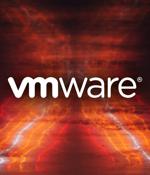
VMware has fixed two critical and two important security vulnerabilities in VMware vRealize Log Insight, its multi-cloud solution for centralized log management, operational visibility and intelligent analytics.Reported by Trend Micro's Zero Day Initiative, none of the flaws are currently exploited by attackers in the wild, but given threat actors' predilection for targeting widely used VMware solutions, fixing these sooner rather than later is a good idea.

VMware on Tuesday released software to remediate four security vulnerabilities affecting vRealize Log Insight that could expose users to remote code execution attacks. Tracked as CVE-2022-31706 and CVE-2022-31704, the directory traversal and broken access control issues could be exploited by a threat actor to achieve remote code execution irrespective of the difference in the attack pathway.

VMware has issued fixes for four vulnerabilities, including two critical 9.8-rated remote code execution bugs, in its vRealize Log Insight software. There are no reports of nation-state thugs or cybercriminals finding and exploiting these bugs, according to VMware.
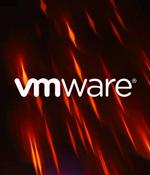
VMware released security patches on Tuesday to address vRealize Log Insight vulnerabilities that could enable attackers to gain remote execution on unpatched appliances. vRealize Log Insight is a log analysis and management tool that helps analyze terabytes of infrastructure and application logs in VMware environments.

We and our store and/or access information on a device, such as cookies and process personal data, such as unique identifiers and standard information sent by a device for personalised ads and content, ad and content measurement, and audience insights, as well as to develop and improve products. With your permission we and our partners may use precise geolocation data and identification through device scanning.
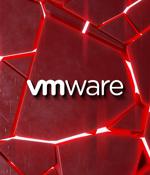
VMware released security updates to address a critical-severity vulnerability impacting ESXi, Workstation, Fusion, and Cloud Foundation, and a critical-severity command injection flaw affecting vRealize Network Insight.The VMware ESXi heap out-of-bounds write vulnerability is tracked as CVE-2022-31705 and has received a CVSS v3 severity rating of 9.3.
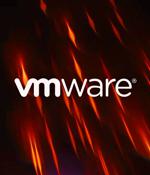
A previously undocumented Python backdoor targeting VMware ESXi servers has been spotted, enabling hackers to execute commands remotely on a compromised system. VMware ESXi is a virtualization platform commonly used in the enterprise to host numerous servers on one device while using CPU and memory resources more effectively.
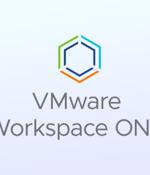
VMware has patched five security flaws affecting its Workspace ONE Assist solution, some of which could be exploited to bypass authentication and obtain elevated permissions. Topping the list, are three critical vulnerabilities tracked as CVE-2022-31685, CVE-2022-31686, and CVE-2022-31687.

VMware has revealed a terrible trio of critical-rated flaws in Workspace ONE Assist for Windows - a product used by IT and help desk staff to remotely take over and manage employees' devices. A miscreant able to reach a Workspace ONE Assist deployment, either over the internet or on the network, can exploit any of these three bugs to obtain administrative access without the need to authenticate.